Description
HISTORY OF GWR 43xx
The Great Western Railway 4300 Class is a class of 2-6-0 (mogul) steam locomotives, designed by G.J. Churchward for mixed traffic duties. 342 were built from 1911–1932.
In 1906 Churchward fitted a more powerful Standard No. 4 boiler to his successful 3100 Class 2-6-2T to create the GWR 3150 Class. These showed themselves to be successful locomotives but their 65 long tons 0 cwt weight and 2,000 imp gal (9,100 L; 2,400 US gal) water capacity meant that they tended to be restricted to suburban passenger traffic. Churchward was looking forward to the replacement of various of his predecessor’s 2-4-0 classes on secondary duties. In 1911 he therefore designed a tender version of the 3150 class which would be suitable for a wide range of intermediate duties.
The class was ‘a total synthesis of standard parts, using the outside cylinders of the Saint, the wheels of ‘31XX’ 2-6-2 tank and the No. 4 boiler, in its superheated form.’ No prototype was required as the fundamental design had proved itself.
The locomotives quickly proved themselves to be so useful that they were produced continuously in a series of batches (or lots) over a twelve-year period (1911–1923), sometimes incorporating detailed differences. Two further lots were built in 1925 and 1932 by Churchward’s successor, Charles Collett.
The 4300 Moguls were the maids of all work on the GWR network and later the Western Region of British Railways. Employing a Standard number 4 boiler and the support struts similar to those fitted to the ‘2800’ class, the class very quickly earned an excellent reputation in its ability to handle most types of traffic, from local stopping goods to main line expresses. According to O.S. Nock they “could handle the heavy goods work as well as the ‘Aberdares’ and could run up to 70 mph with passenger trains, in other words they were the ideal mixed traffic locomotive”.
Although the class continued to be very useful and the final batch were still relatively new, 100 of the earlier examples were withdrawn between 1936 and 1939 and the wheels and motion of eighty were used for the Grange Class and twenty for Manor Class engines. It was intended to replace the whole class in this way but the advent of the Second World War in 1939 brought a temporary halt to withdrawals and the program was never revived. Further withdrawals resumed in 1948 under British Railways ownership, but the last six examples survived until 1964.


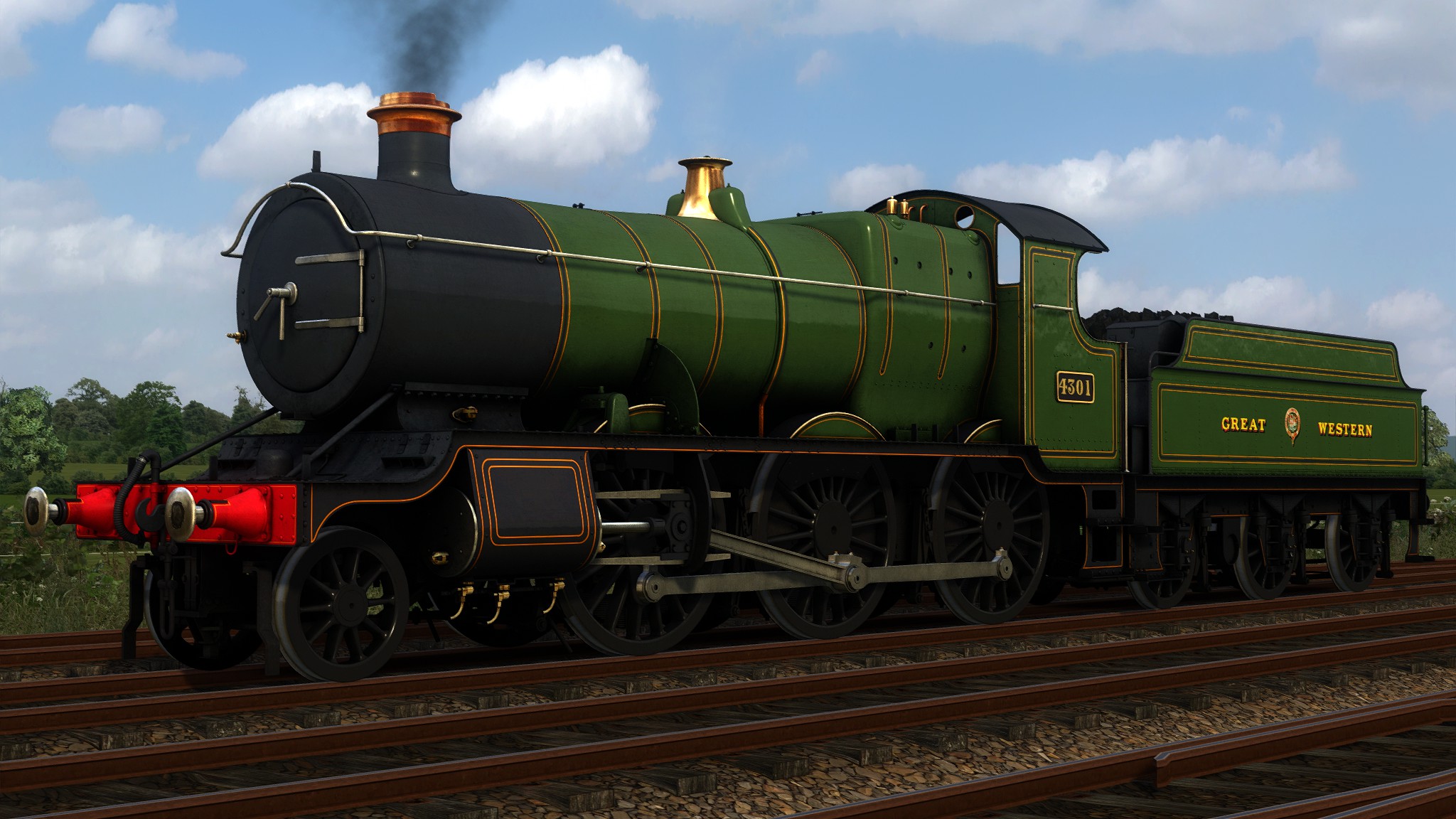
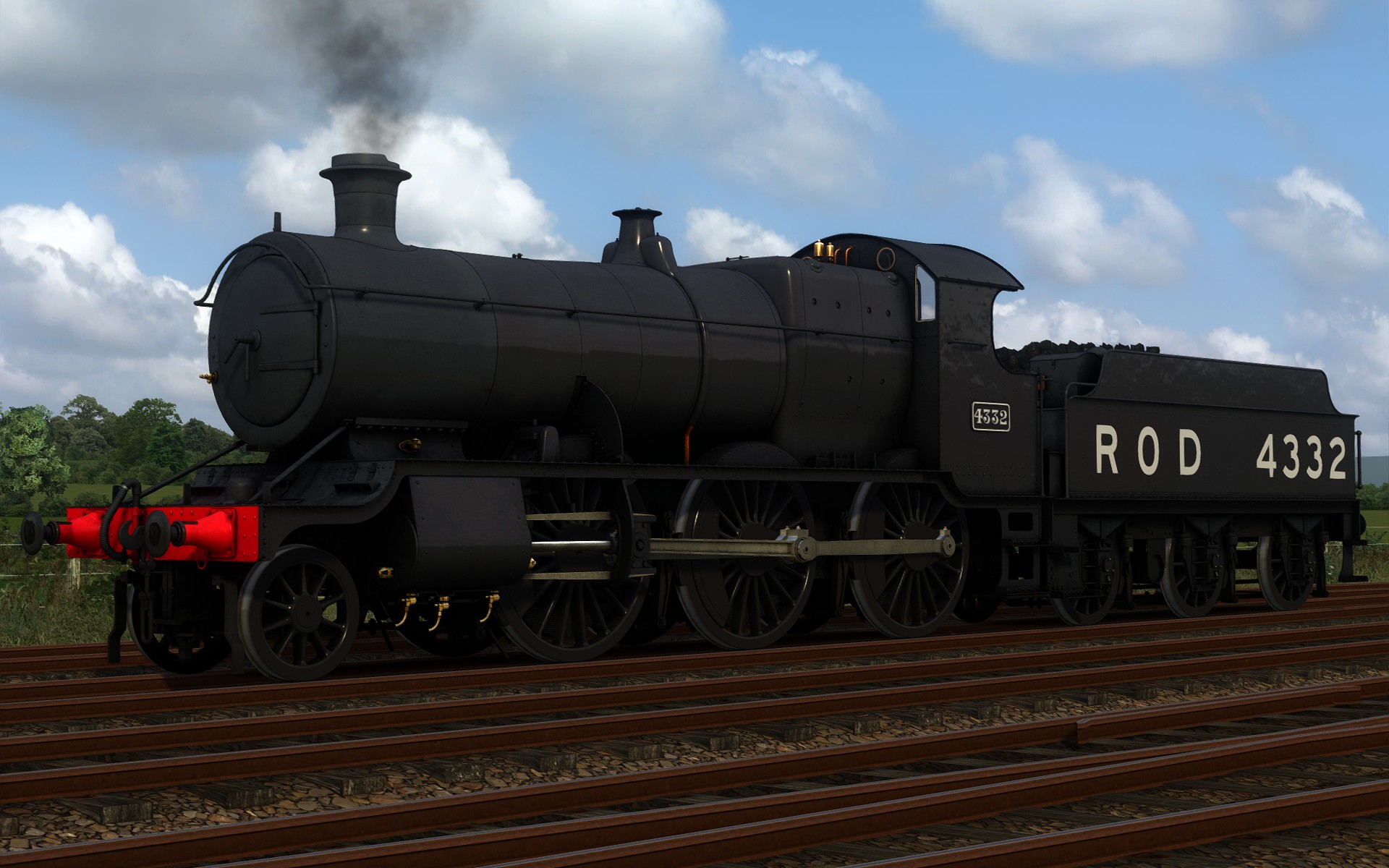
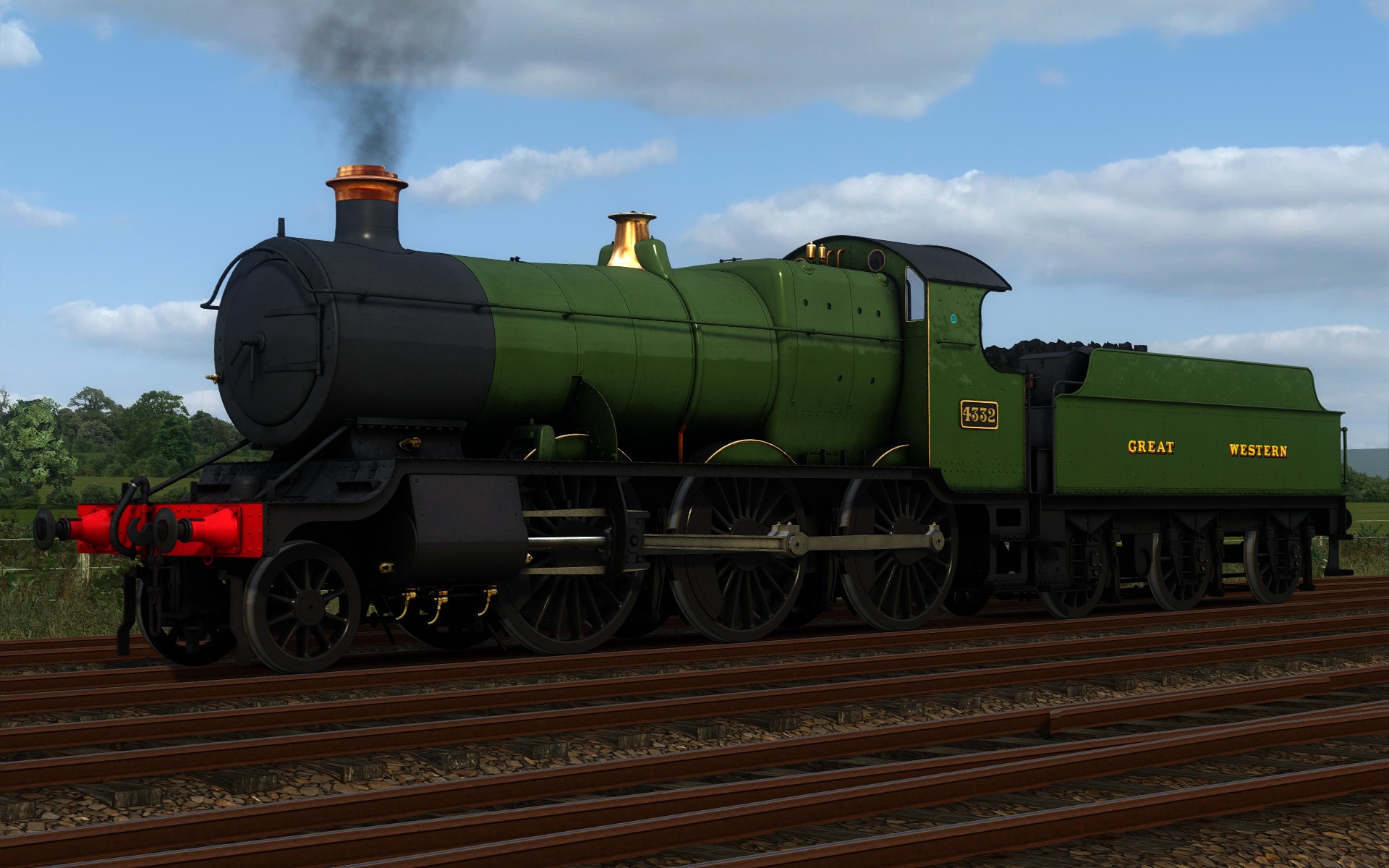
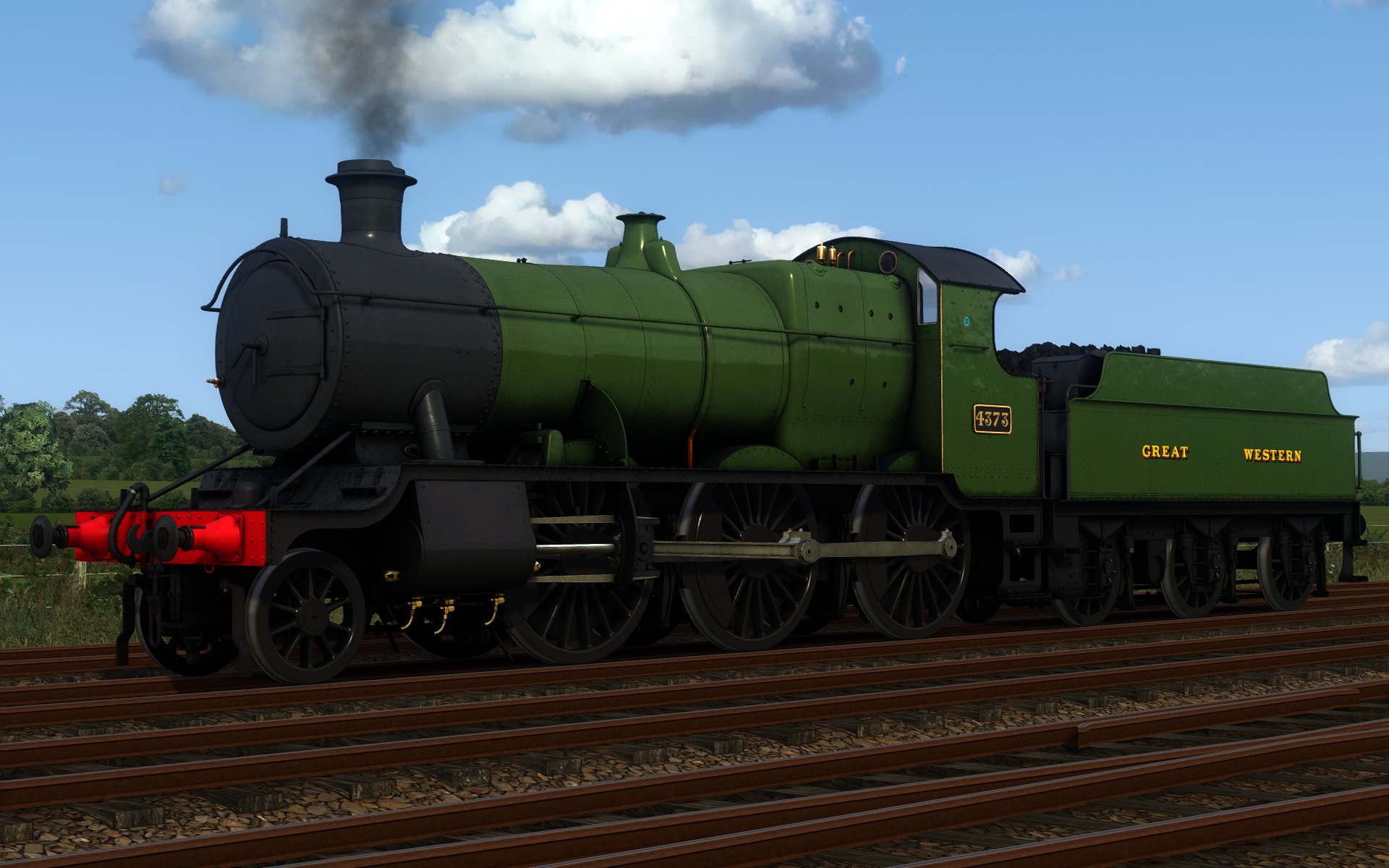
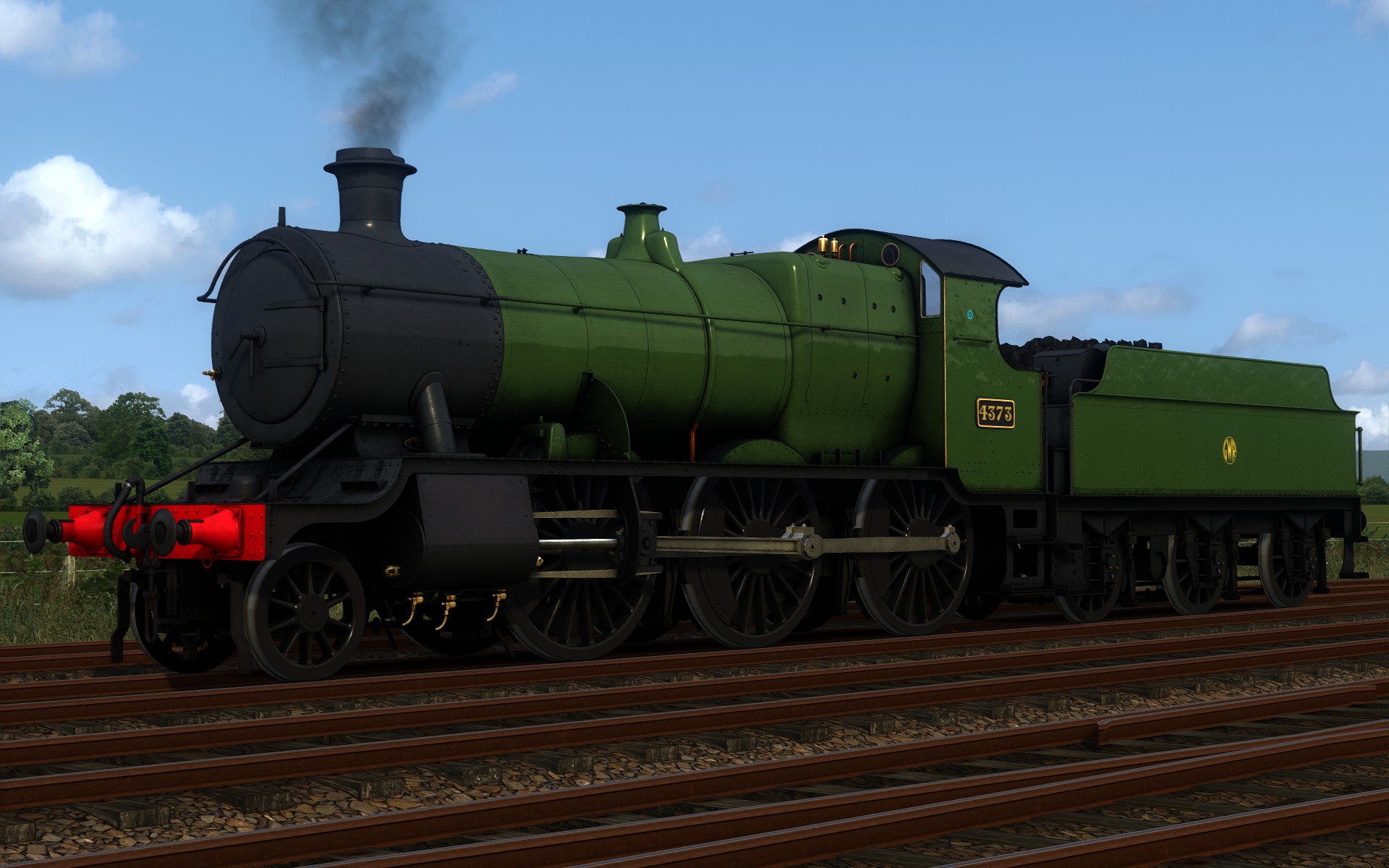


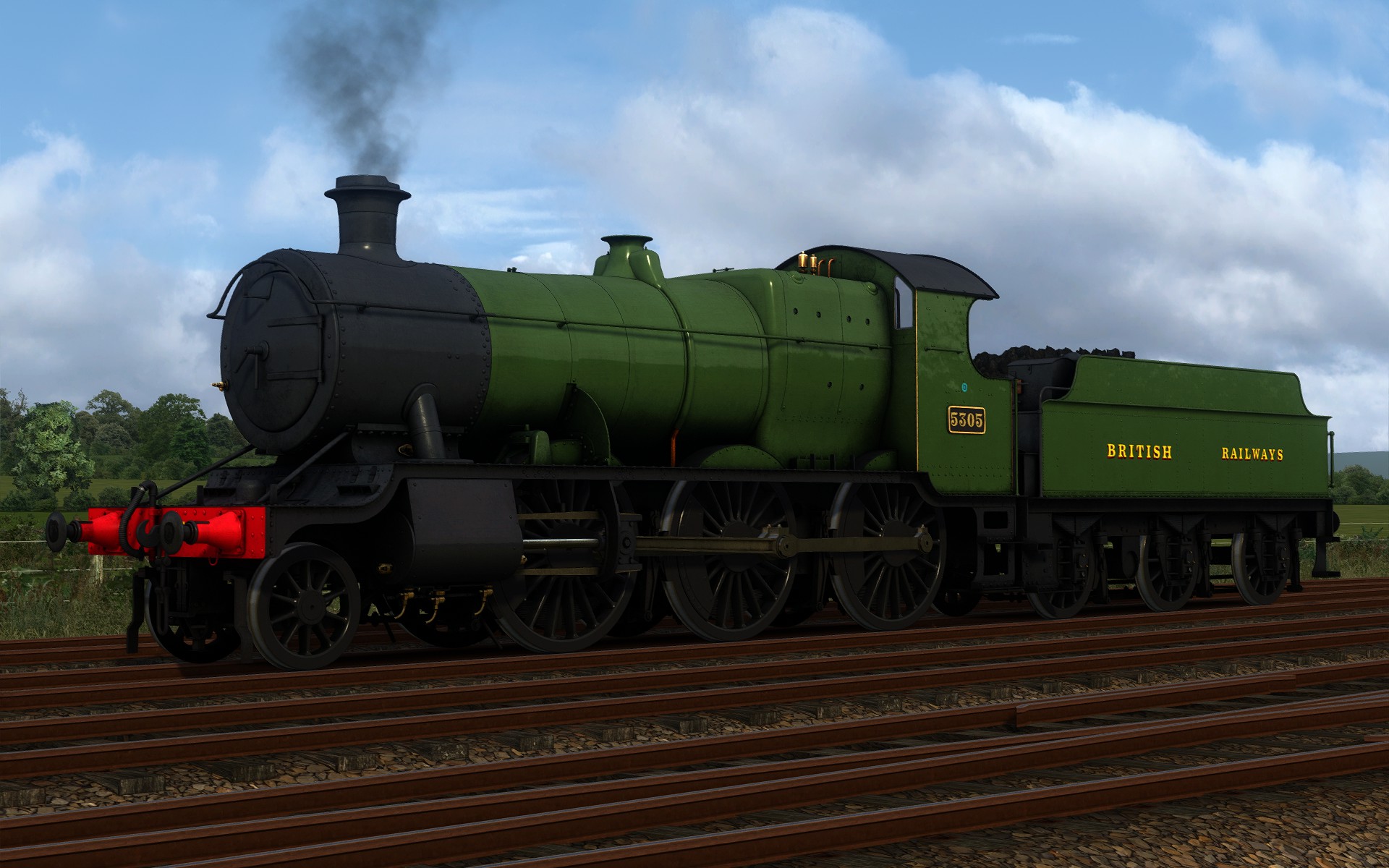
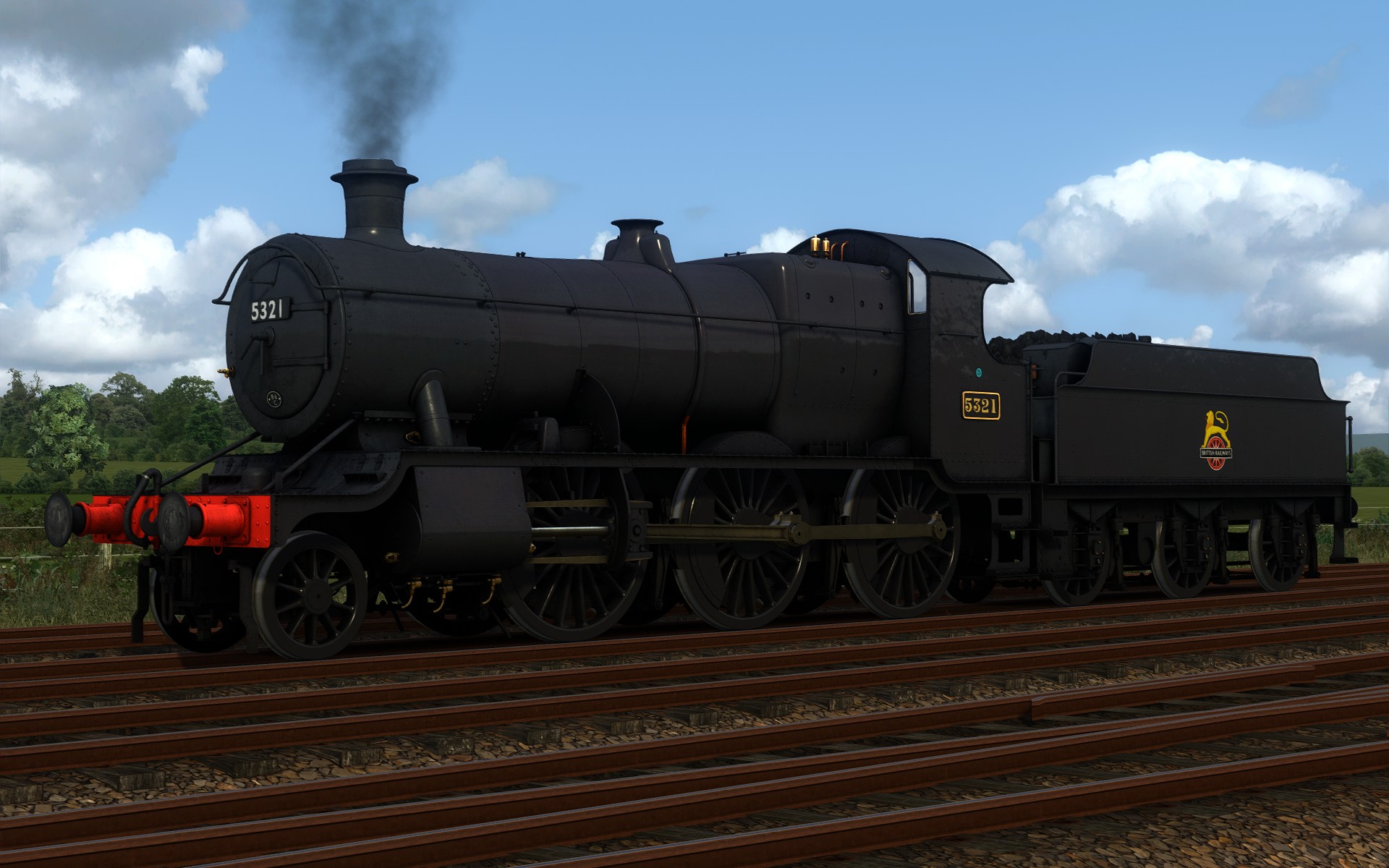
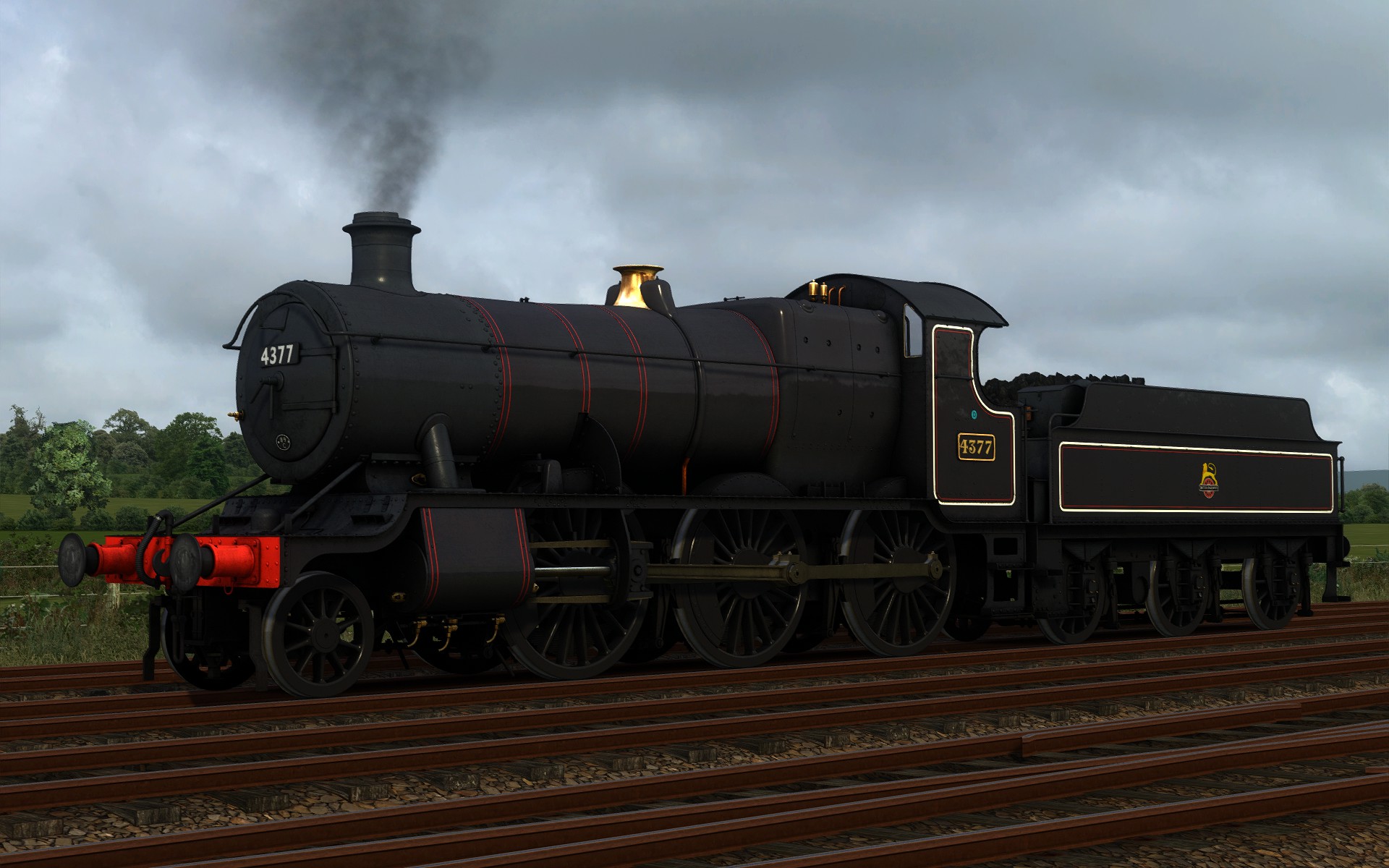
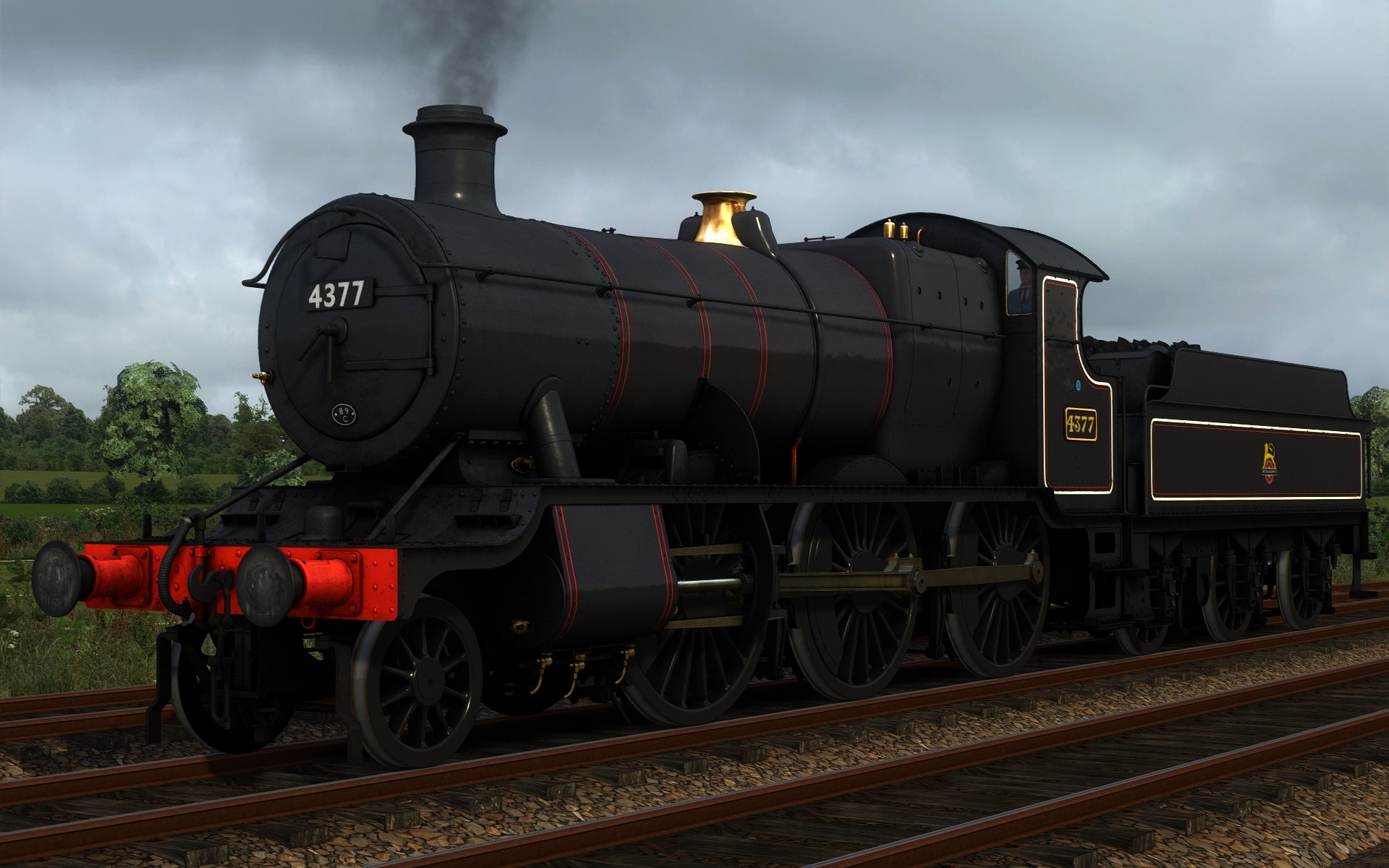
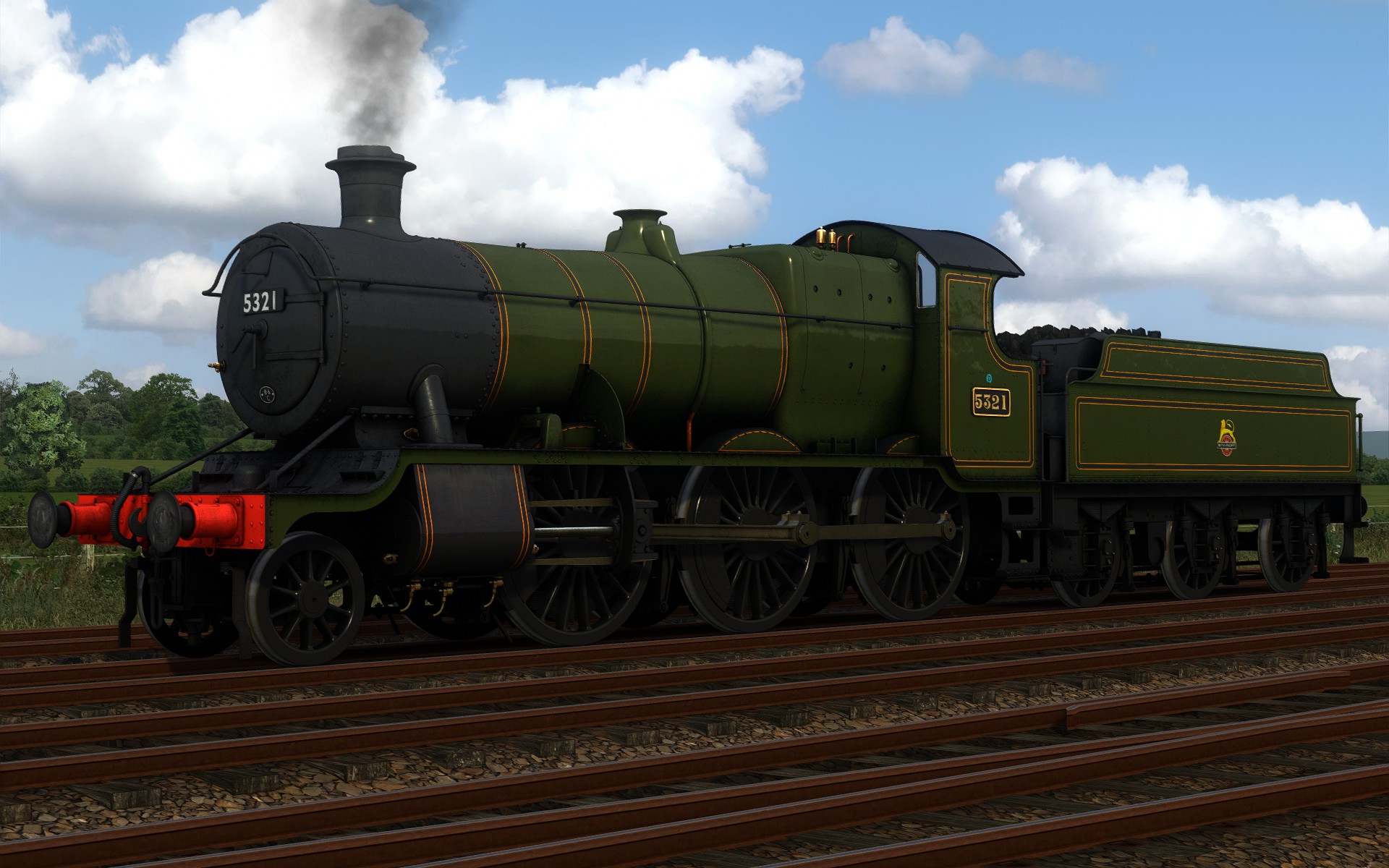
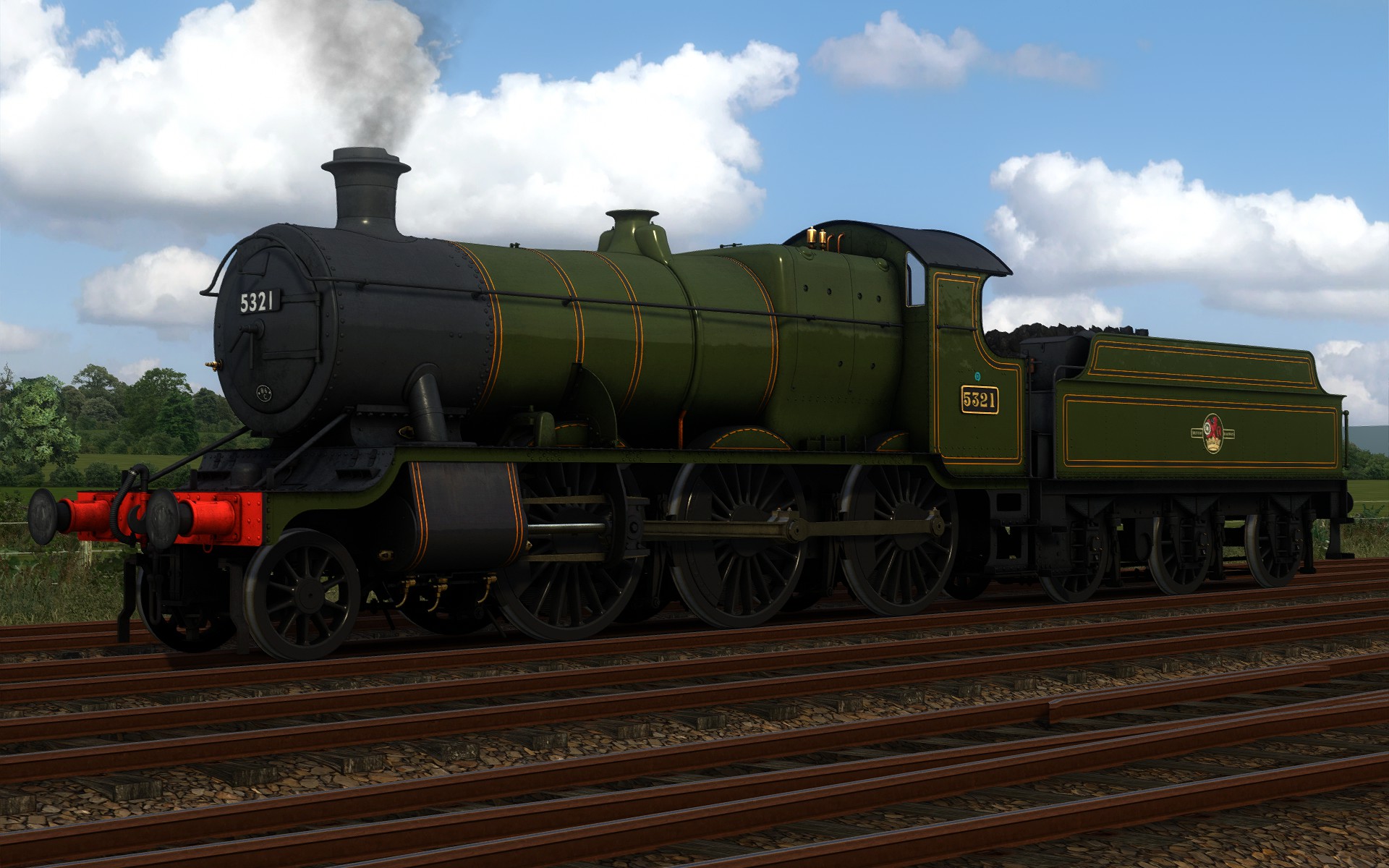

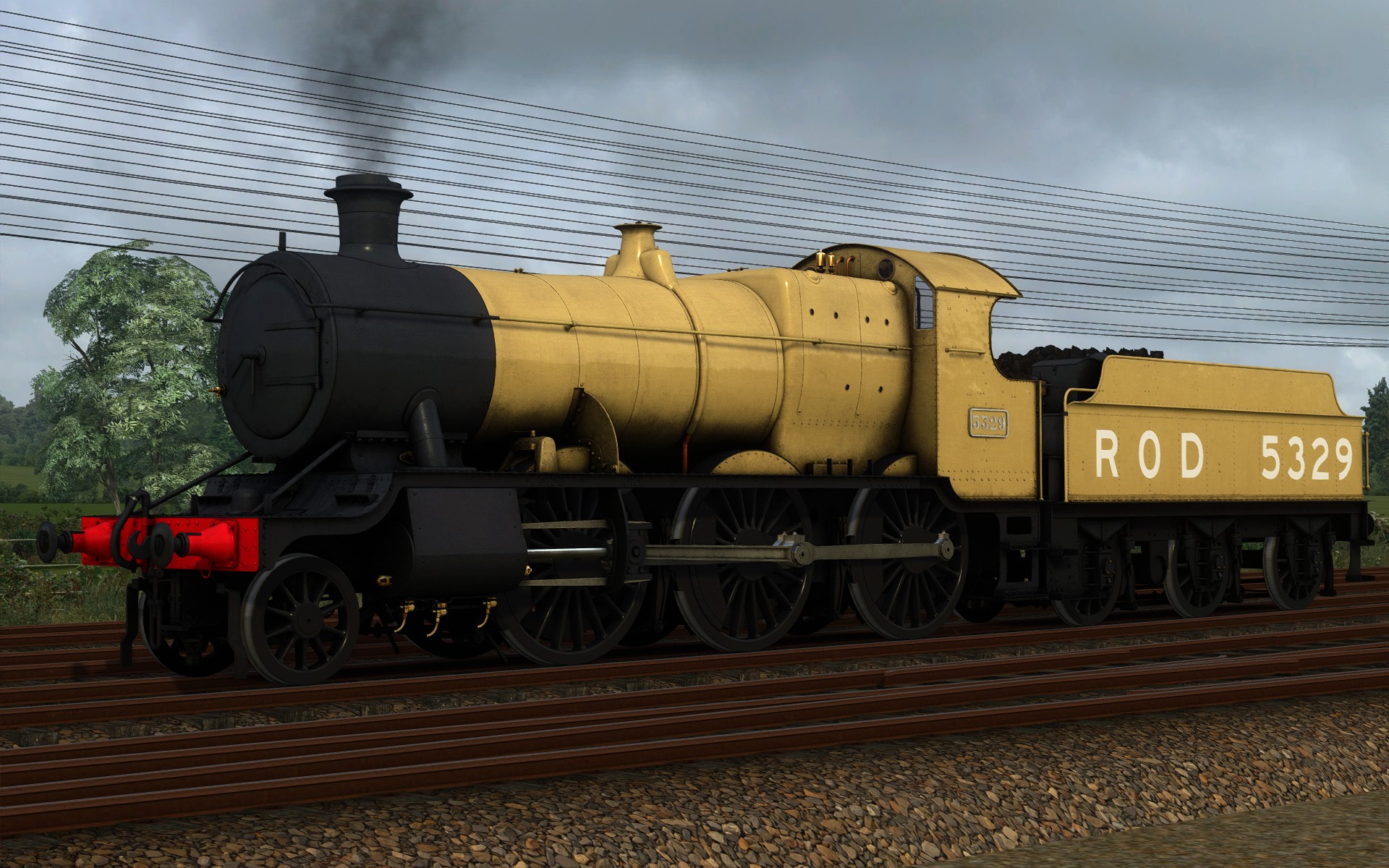
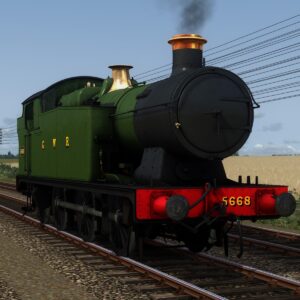
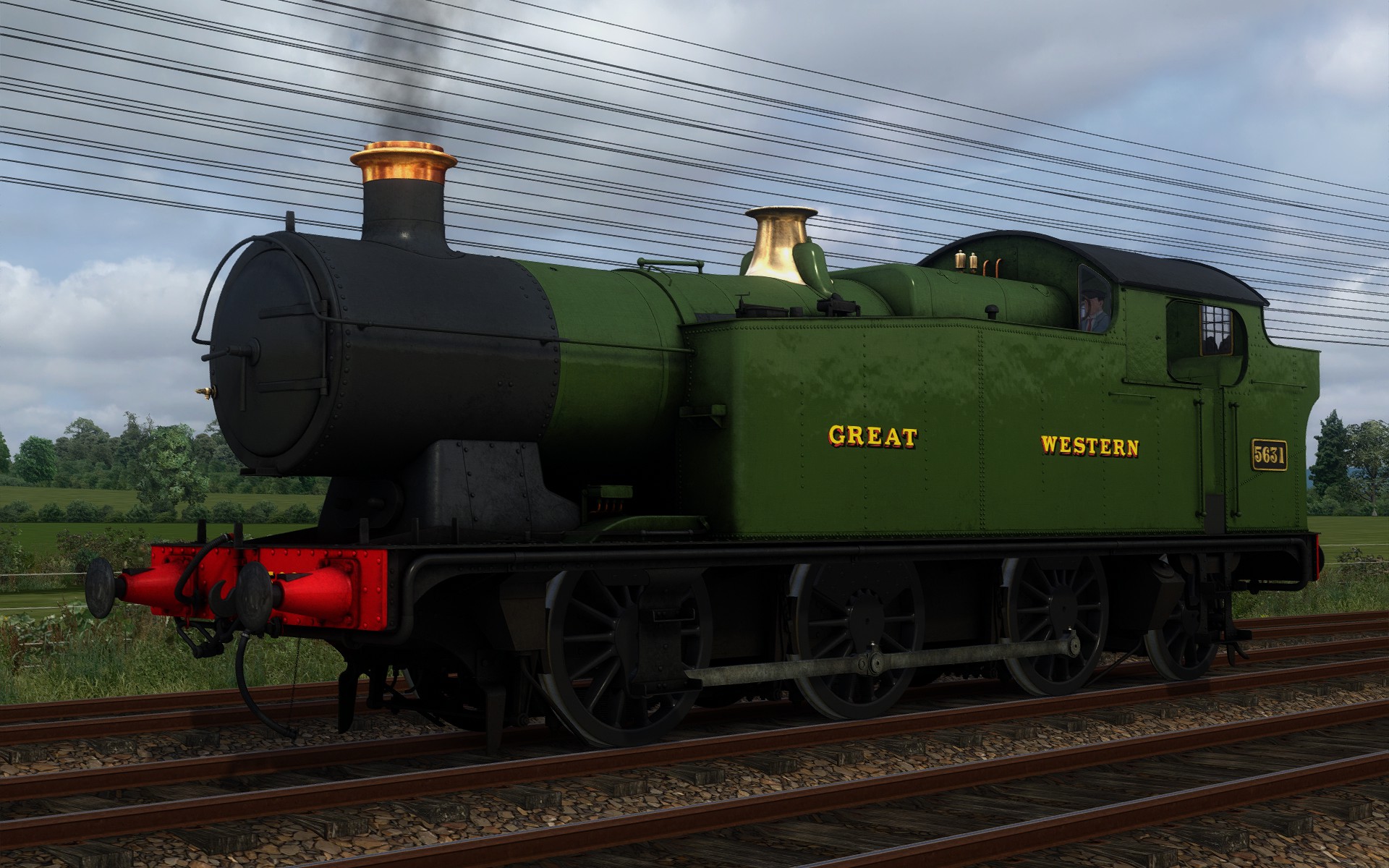
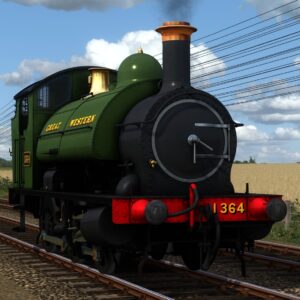
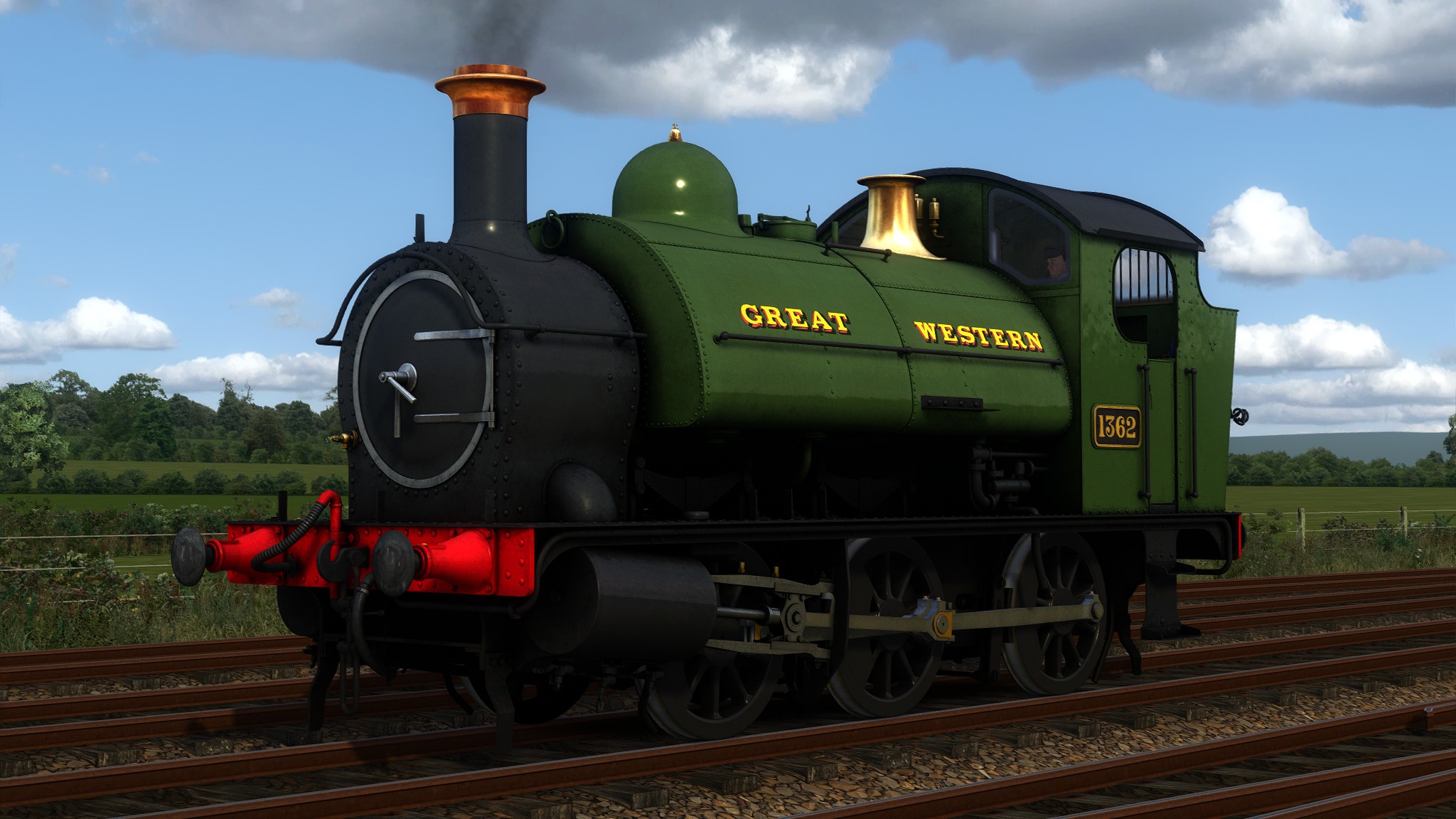
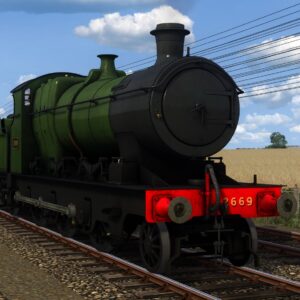
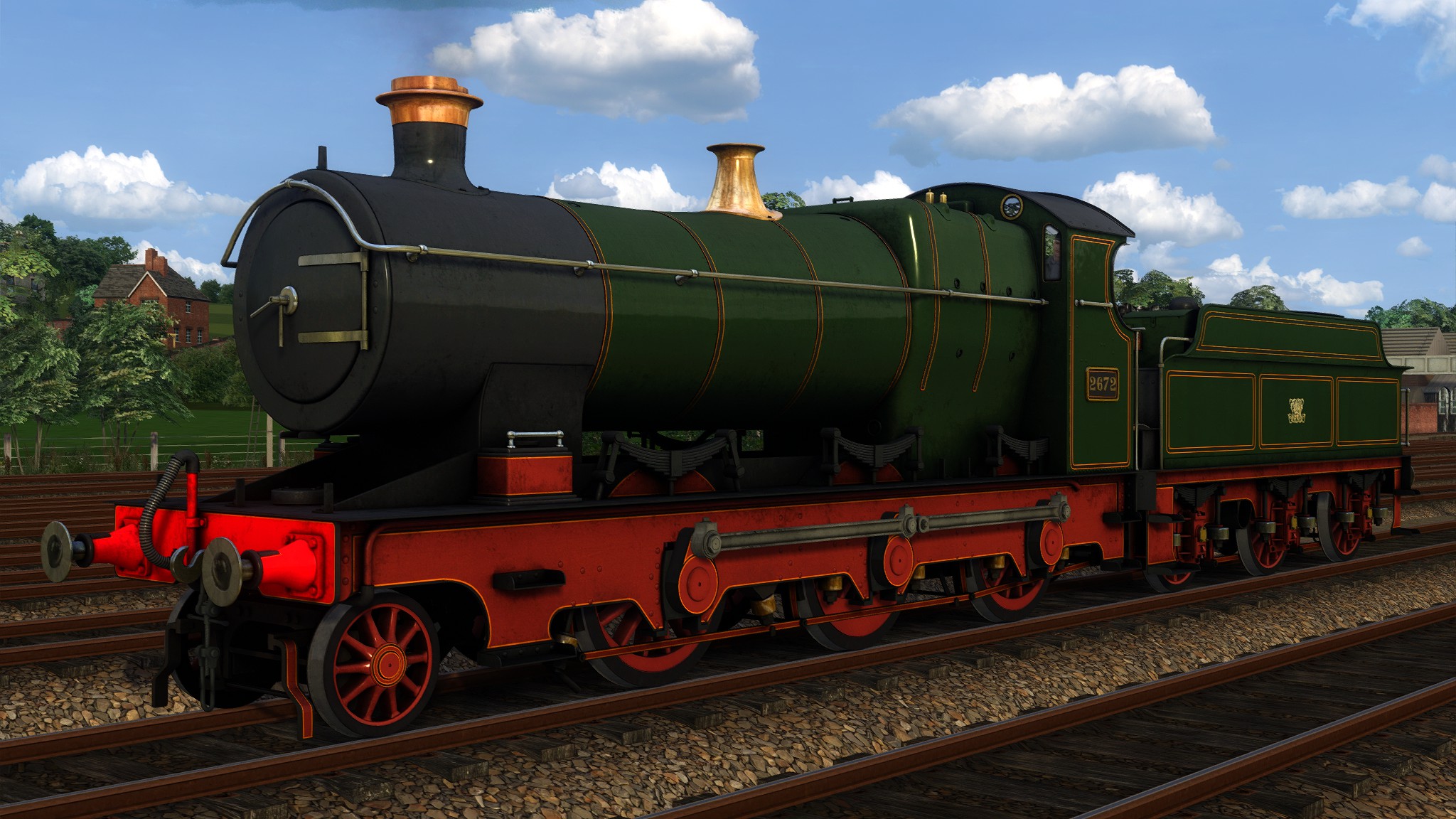
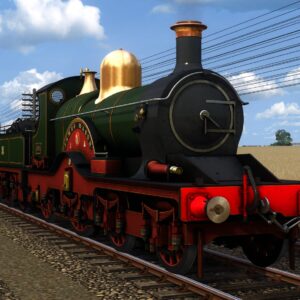
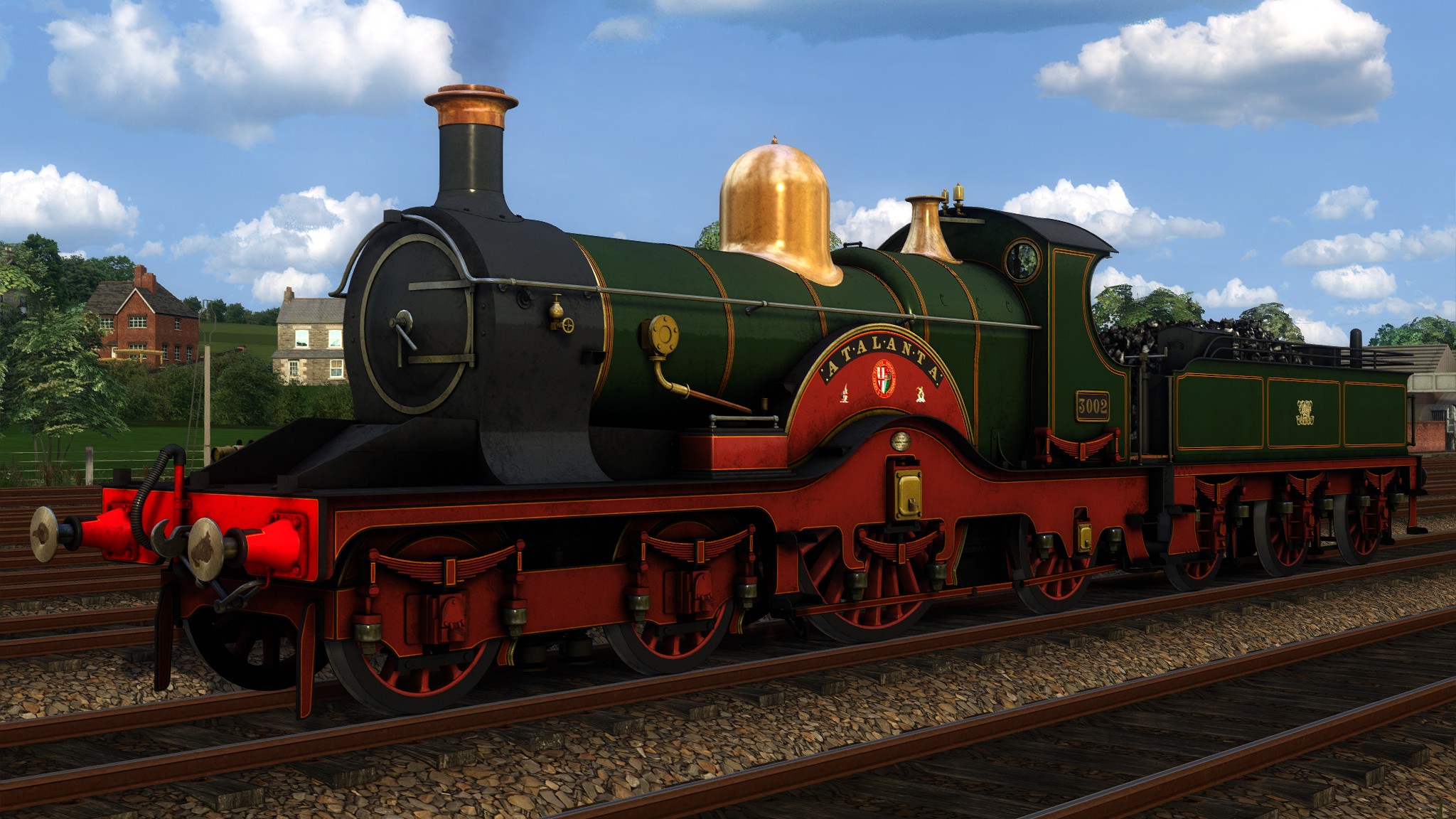
Reviews
There are no reviews yet.